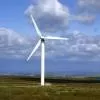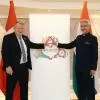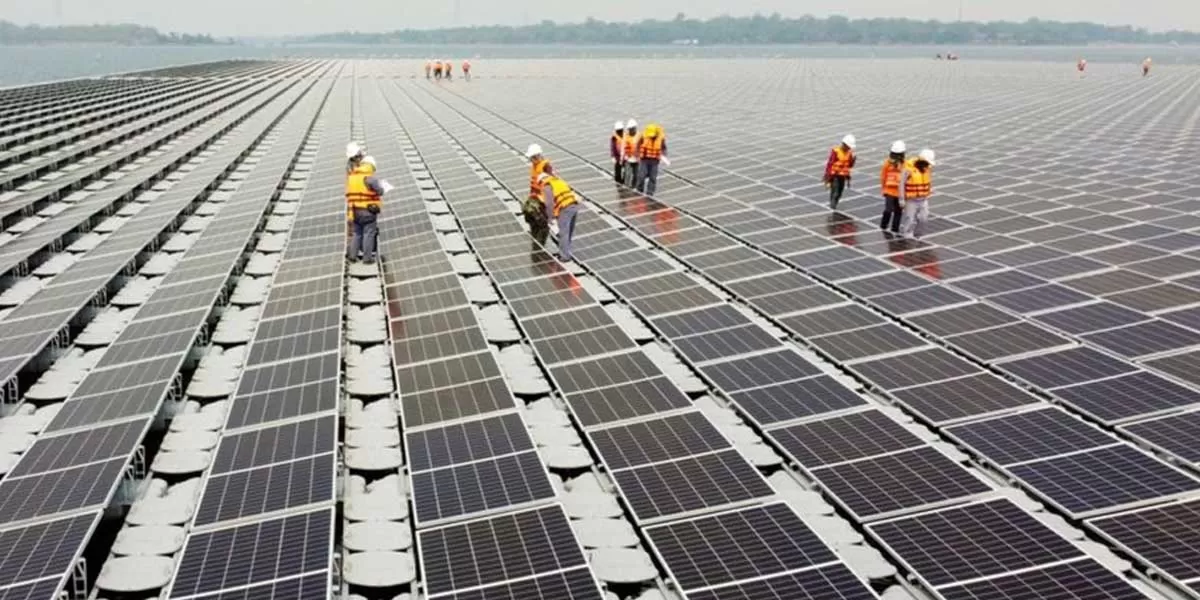
US to Raise Tariffs on Solar, EV Imports from China Starting Sept 27, 2024
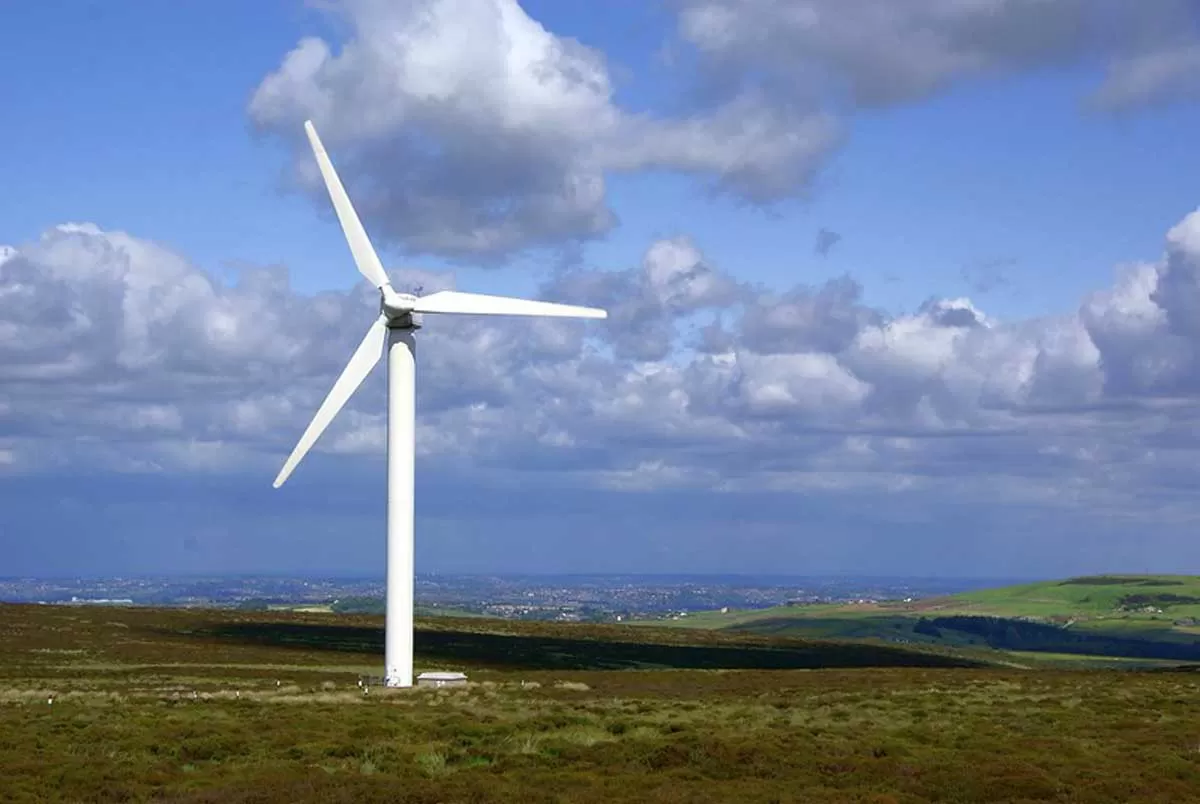
Inox Neo Energies Wins Big at Wind Power Project Auction
The Gujarat Urja Vikas Nigam Limited (GUVNL) Wind Phase-IX auction was held on 24th April with the aim of developing 250 MW of grid-connected wind power projects across Gujarat. After participating in auction, Inox Neo Energy, a subsidiary of Inox Clean Energy and the independent power producer arm of the INOXGFL Group, has now secured 50 MW out of its quoted 100 MW of power at a tariff of Rs 3.66/kWh. Kailash Tarachandani, the Group CEO of Renewables Business at INOXGFL Group heralded this grant saying, “This 50 MW marks a beginning to [Inox Neo Energies building a cleaner, greene..
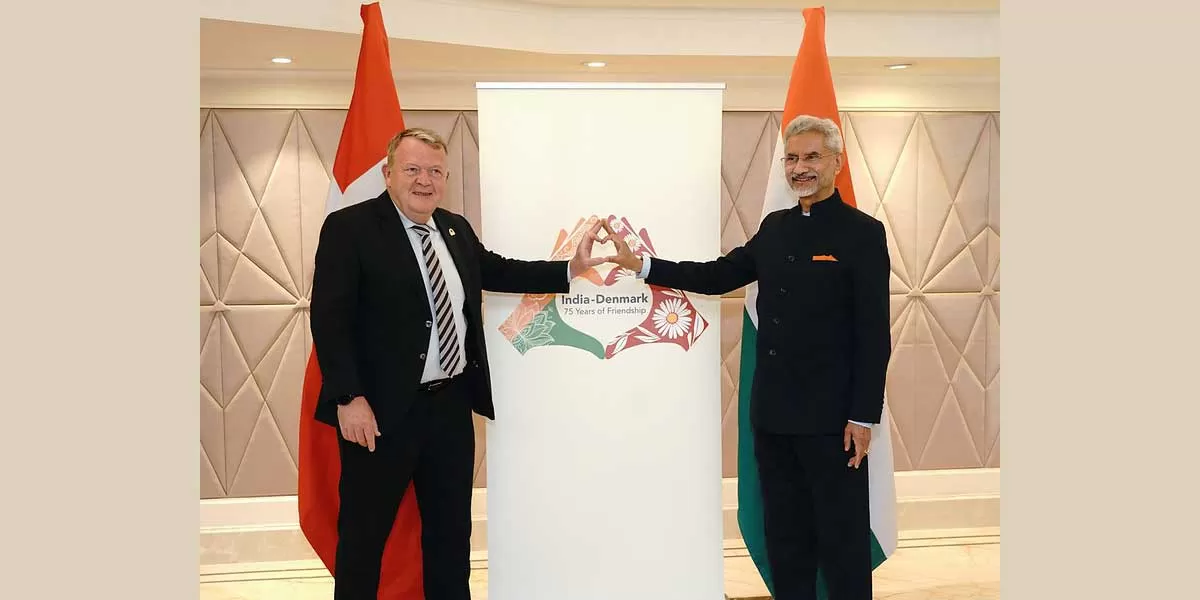
India and Denmark Sign MoU; Strengthen Collaboration in Energy Sector
In a bid to achieve net zero emissions by 2070, India has signed an agreement with Denmark to strengthen collaboration between the two countries’ energy sectors. This agreement builds on the previous MoU between the two countries, which was signed on June 5th, 2020, and set to expire on June 5th, 2025.The agreement encompasses areas like power system modelling, integration of variable renewable energy, cross-border electricity trading, and EV charging infrastructure development. It also emphasizes increased knowledge exchange through expert interactions, joint training sessions, and study to..

Construction of Elevated Section of Rishikesh Bypass Reviewed at Meet
At the 92nd Network Planning Group (NPG) held in New Delhi, a major milestone was reached for the ongoing construction of a Bypass in Rishikesh, Uttarakhand after an evaluation was conducted regarding the development of an 11 km elevated section along the bypass.The elevated corridor aims to provide seamless travel for vehicles heading towards Kedarnath-Badrinath and Yamunotri-Gangotri from Dehradun or Haridwar, removing the need to travel through city roads. Additionally, the project will remove the need for railway crossings along the corridor and ensure a separation of tourism traffic from ..



